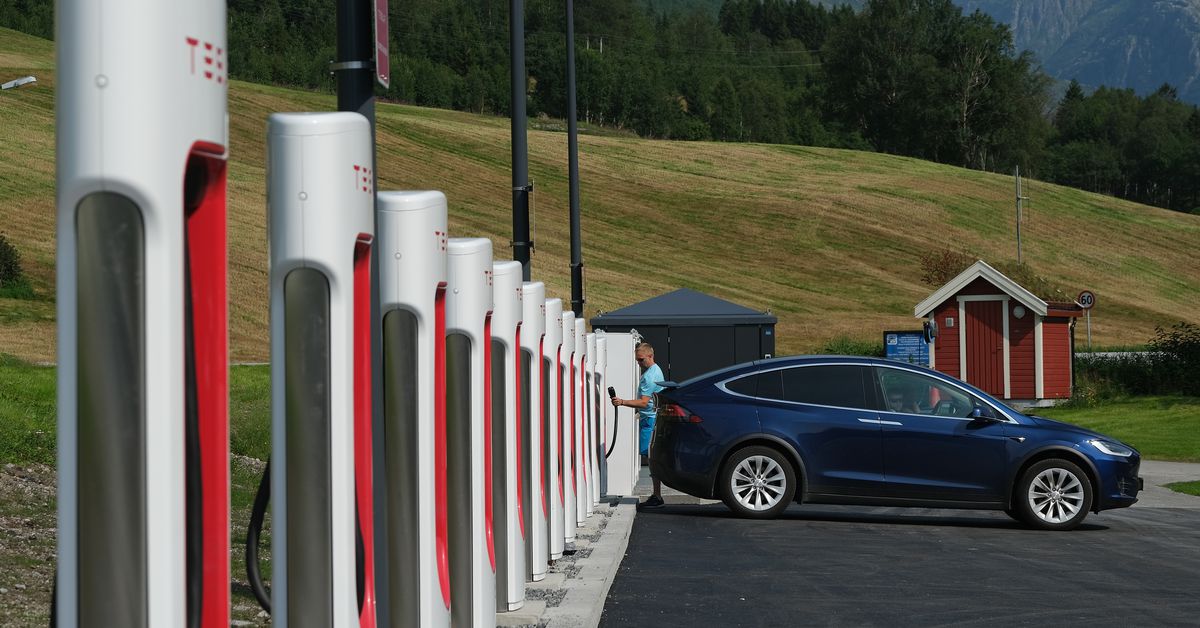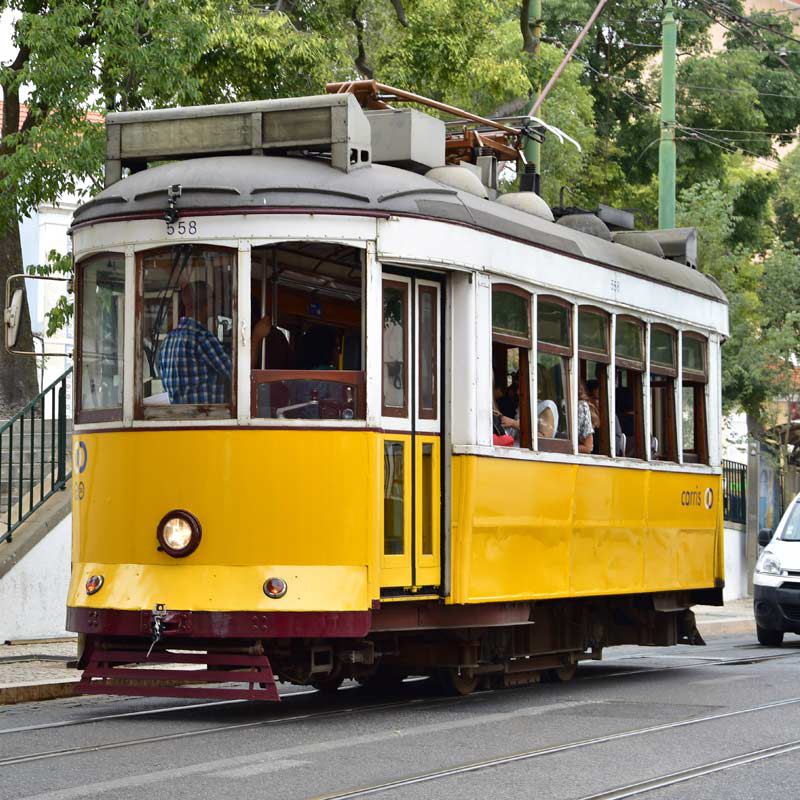- cross-posted to:
- technology@lemmy.world
- cross-posted to:
- technology@lemmy.world
TL;DR: Norway subsidised electric cars a lot, that money went to the rich more than the poor, and left them with less money to spend on transit which delivers better outcomes for cities.
“Most Norwegian cities now have more of a car-centric, American approach toward transportation than a multi-modal, European one,”
That’s a sad sentence to read, I always assumed Norway was like Sweden with amazing public transportation as well.
I think this is a failure of imagination on the part of the author. Norway is, on a whole, much more rural; a large portion of the population lives in small towns and villages in areas with difficult terrain (think fjords), where public transport beyond a bus is impractical due to population densities.
The public transport in Oslo and Bergen are fantastic - Norway’s only two large cities. Keeping in mind that over a quarter of the population of the entire country lives in these two, it’s not as bad as it sounds.
I see, that makes sense. I appreciate the lesson in Norway’s infrastructure.
I live in Oslo, and that’s not true for here at least. Oslo probably has one of the best public transit systems in the world, at least relative to its population. I never use any form of car, personal or taxi, I don’t even own a driving license, and I can easily get anywhere I want to go. At least within the city.
As soon as you leave the city though, you’re having a problem. Bicycle infrastructure is basically non-existent, cars heavily impeding buses - at least where I live - which delays them all the time and centralised bus hubs, which means that you always have to go to the bus hub first, change bus lines and then go to your destination.
This is also my biggest problem with the metro in Oslo. If you live slightly outside of Oslo but still along the metro line, the only way to travel perpendicular to the metro lines is often to take the metro towards the city, change lines and go back almost the same direction you came from.
You can take the bus to and from school and then there’s also one more bus back from town at like 1900. So unless you’re in school you get a car
E-bikes and infrastructure would have been a cheap and effective alternative for those subsidies as well.
or like, electric mopeds
at least here in sweden like 90% of the population is within easy moped range of their daily business
I am really coming around to the fact that mopeds should be more common. The trouble is, it feels dangerous until car/van/trucks reduce in number, which is a catch-22.
I am thinking of getting one for my commute as just started a new job where it is possible to go on public transport but takes twice as long and lots of changes. Its just awkward placement really rather than the lack of transport, as have to criss cross. It does blow my mind how everyone is driving around tanks just for one person to travel (as cars have gotten noticeably bigger), it just doesn’t make sense!
a good step in the right direction is moped cars, small 2-seaters that legally qualify as mopeds.
so it’s not the “electric” part that’s the problem in norway
it’s still better than combustion engines
stupid headline!
It’s not the cars being electric that’s the problem, but their approach to electric cars and seeing them as a solution is.
yeah, I get that.
I have no problem with the article itself - the headline is still stupid though.
Clickbait headline, and stupid article. At no point are they making the claim that EVs are worse than combustion engines. The author posits that bicycles and walking are even more climate friendly than driving a car of any kind (duh). This entire article could be replaced by the sentence, “We should keep building trams and bike lanes in the EV era”.
The point is that the money spent on electric car subsidies went mostly to more wealthy people and took money away from investing in things like better public transport.
Fair enough, I guess. But seems like a zero-sum-game attitude, especially given Norway’s stark urban/rural divide. Certainly Oslo should be preferring mass transit, but out in the many rural villages of the fjord-laden countryside, where density precludes mass transit, EV subsidies seem appropriate.
This is the best summary I could come up with:
Norway’s muscular EV push has garnered headlines in outlets like the New York Times and the Guardian while drawing praise from the Environmental Defense Fund, the World Economic Forum, and Tesla CEO Elon Musk.
Worse, the EV boom has hobbled Norwegian cities’ efforts to untether themselves from the automobile and enable residents to instead travel by transit or bicycle, decisions that do more to reduce emissions, enhance road safety, and enliven urban life than swapping a gas-powered car for an electric one.
The federal government now offers tantalizing rebates to Americans in the market for an electric car, but nothing at all for more climate-friendly vehicles like e-bikes or golf carts (nor a financial lifeline for beleaguered public subway and bus systems).
“The argument is to make the tax system more fair,” said transportation state secretary Kroglund, “and not give benefits for things that are unnecessary for the transition to EVs.” As a result of the new policies, Norwegian sales of some high-end EVs, like the enormous Chinese Hongqi SUV, have collapsed.
The national government’s decision to subsidize electric cars but not e-bikes makes no sense from a climate perspective, although the United States Congress made the same mistake when it passed the Inflation Reduction Act last year.
But if local initiatives aren’t matched with supportive federal policies, Norway’s experience suggests that an influx of electric vehicles can hinder efforts to escape the automobile’s urban stranglehold.
The original article contains 2,849 words, the summary contains 236 words. Saved 92%. I’m a bot and I’m open source!
Coal powered cadillacs.







